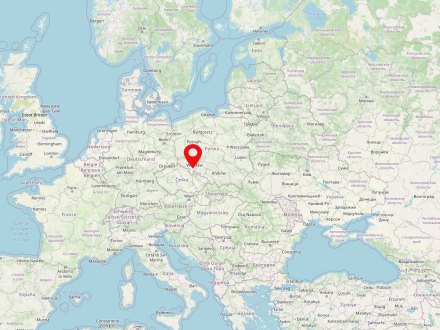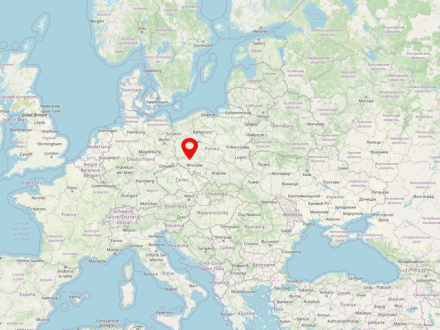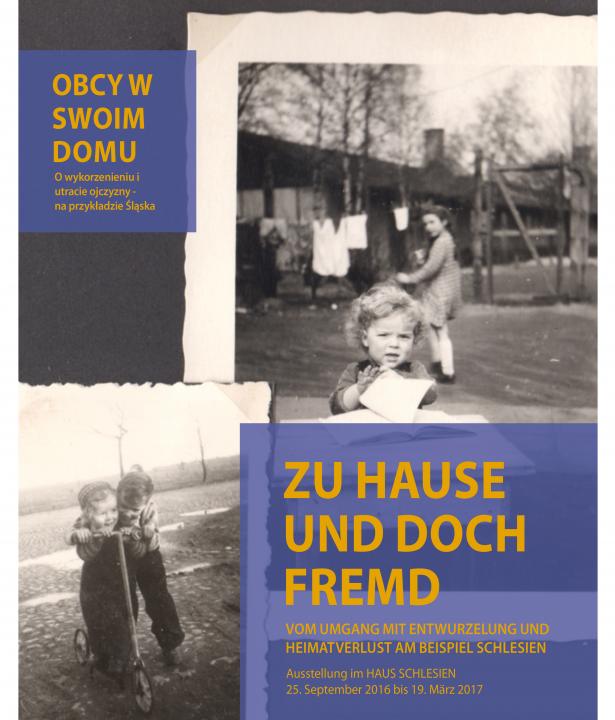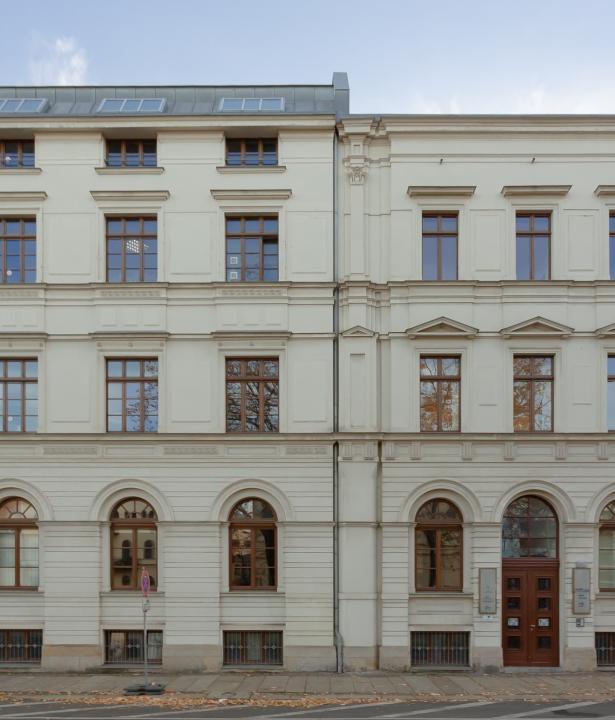In the Kingdom of Prussia, the abolition of all monasteries in 1810 meant a decisive historical turning point. The third part of the exhibition project "Klosterdämmerung" ("The Twilight of the Monastery") shows the historical development of the municipality and the Cistercian Abbey in Kamieniec Zabkowicki from the Middle Ages to its nationalization and abolition in 1810, as well as its continued use and the changes after the end of the Second World War.
Text
The third part of the exhibition project "Klosterdämmerung" ("The Twilight of the Monastery") in the former Protestant church of focuses on the district’s 900-year history. In 1096 a Bohemian castle was built here, which, soon after the transition to Polish-Prussian ownership, was donated to Augustinian monks from Wroclaw. In 1247, Cistercians from Abbey replaced the convent and built a monastery, which determined the fate of the community until secularization in 1810. Later, Princess Marianne of Orange-Nassau had a palace complex built here, designed by the architect Karl Friedrich Schinkel and the garden designer Peter Joseph Lenné.
Kamieniec Ząbkowicki
deu. Camenz
Kamieniec Ząbkowicki (German: Kamenz, also Camenz) is a town in southwestern Poland populated by 4,200 people. It is located in the Dolny Śląsk Voivodeship (Lower Silesia) on the Eastern Neisse (Polish: Nizina Kłodzka).
Lubiąż
Lubiąż (German: Leubus) is a part of the municipality Wołów (German: Wohlau) in the Polish voivodeship Lower Silesia. The village became famous mainly because of the Cistercian monastery Leubus.


The exhibition "The Twilight of the Monastery" in the former Cistercian abbey in Kamenz/Kamieniec. Bernadett Fischer / HAUS SCHLESIEN, CC BY-NC-SA 4.0
The exhibition "The Twilight of the Monastery" in the former Cistercian abbey in Kamenz/Kamieniec. Bernadett Fischer / HAUS SCHLESIEN, CC BY-NC-SA 4.0
Text
The consequences of the Second World War with the expulsion of the German population and the resettlement of Poles driven out of eastern Poland brought a period of around 800 years of cultural continuity in the community to an abrupt end. Ties to this history were reestablished prior to 1989 with the restoration of the monastery church and work beginning on the reconstruction of the burnt-out castle.
Externe Links
External Image

External Image










